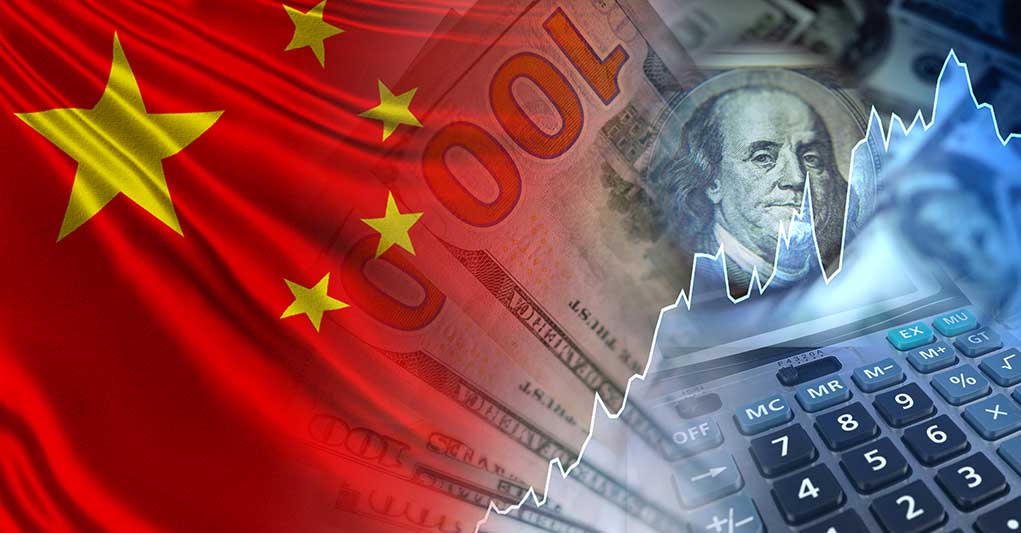
President Trump’s tariff strategy strikes a delicate balance between providing trade relief and maintaining market stability amidst ongoing global tensions.
Key Takeaways
- A 20% duty remains on smartphones and laptops, with new tariffs planned for semiconductors.
- The US-China trade tension underlines a 145% duty on Chinese goods, with China retaliating at 125% on US imports.
- Despite the chaos, the White House remains hopeful for a trade deal with China.
- Exemptions on high-tech products aim to alleviate some pressure but do not suggest full tariff cancellation.
- Markets remain unstable amid these trade-related announcements, with slight gains observed in US stock futures.
Tariffs and Temporary Relief
President Donald Trump has asserted that no country is exempt from trade tariffs. While selective tariff reductions on high-tech products like electronics and semiconductors offer some relief, products such as smartphones and laptops face a persistent 20% duty, and new tariffs on semiconductors are forthcoming. Trump’s strategy seeks to correct alleged trade imbalances and non-monetary tariff barriers.
The administration’s recent tariff announcements have increased global stock market volatility. While a 90-day reprieve offers a brief pause for some other nations, it primarily serves as a tactical period for negotiating more detailed trade agreements. Critics warn this might only heighten market instability in the long term.
President Trump firmly stated, “We will not be held hostage by other Countries, especially hostile trading Nations like China.”
BREAKING NEWS
Huge Trump tariff U-turn will exempt hugely popular products from China… saving Americans THOUSANDSPresident Donald Trump has spared iPhone, laptops and other electronics from his brutal China tariffs in surprise move.
The moves gives the likes of Apple and… pic.twitter.com/OitCj3UJJT
— News News News (@NewsNew97351204) April 12, 2025
Global Market Implications
Beijing has welcomed the tariff exemptions as a “small step” but insists on a complete tariff cancellation. China’s countermeasures include a 125% duty on US imports, which increases the diplomatic strain between the two countries. This tension, coupled with domestic policy uncertainty, has triggered confusion and chaos in financial markets and businesses.
Plans for new tariffs on additional products, including computer chips used in smartphones and other technologies, are under discussion. These tariffs aim to further investigate the impact of semiconductor imports on national security, potentially following a trajectory similar to past tariffs on foreign cars and auto parts.
Future Negotiations and Trade Deal Prospects
Despite tensions, the administration remains optimistic about negotiating a trade deal with China, hoping Beijing will initiate talks. However, Trump has not disclosed the exact terms he would deem acceptable, leaving room for speculation. No direct discussions between President Trump and Chinese President Xi Jinping have been scheduled, leaving the future of US-China relations uncertain.
🔥President Trumps post: Nobody is getting off the hook with Tariffs, especially not China which by far, treats us the worst! 👊🇺🇸 pic.twitter.com/k2FxzJnkxV
— Patriotic 🇺🇸Suzanne⭐️⭐️⭐️ (@suzost) April 13, 2025
In summary, Trump’s tariff policy focuses on preserving American economic interests while exploring avenues for strategic trade negotiations. As tensions with China escalate, the global market remains fragile, yet hopeful for a resolution that bolsters economic stability.
Sources:
- Trump warns China ‘not getting off the hook’ on US tariffs for electronics | Trade War News | Al Jazeera
- Trump says China, others not getting ‘off the hook’ on US tariffs – Insider Paper











